This website uses cookies so that we can provide you with the best user experience possible. Cookie information is stored in your browser and performs functions such as recognising you when you return to our website and helping our team to understand which sections of the website you find most interesting and useful.
Tag: process
-
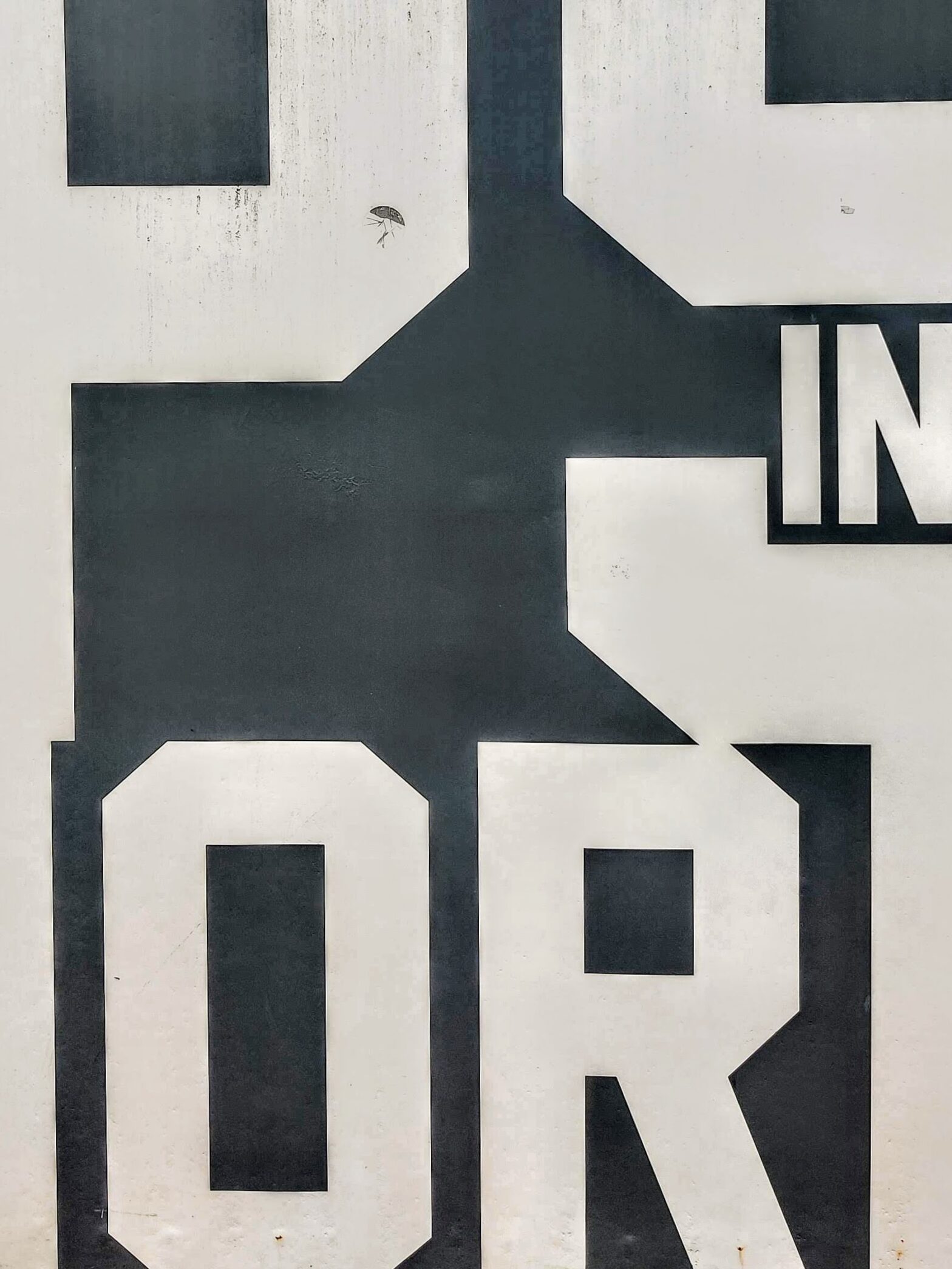
Much Ado About Noting
•
I pay a lot of attention to the little things: details in artwork, the way bees kiss flowers (and sometimes take naps in their petals), forgotten grocery lists. I’ve also kept a logbook for the past few years, keeping record of my daily life.
-
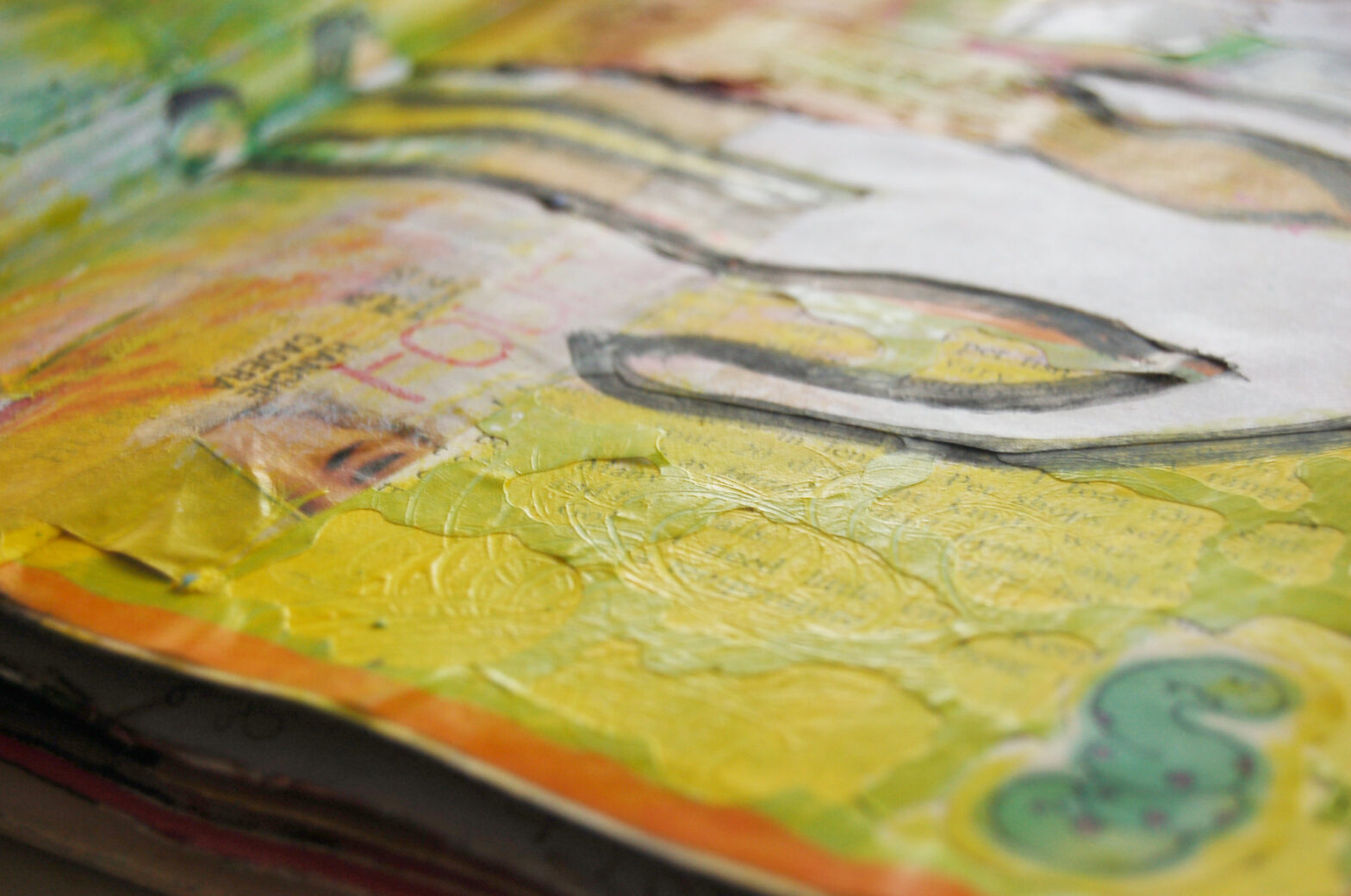
Wisdom from the Past
•
There are so many bits and pieces of those years of writing that still ring true. Sometimes they even speak to and build upon one another.
-
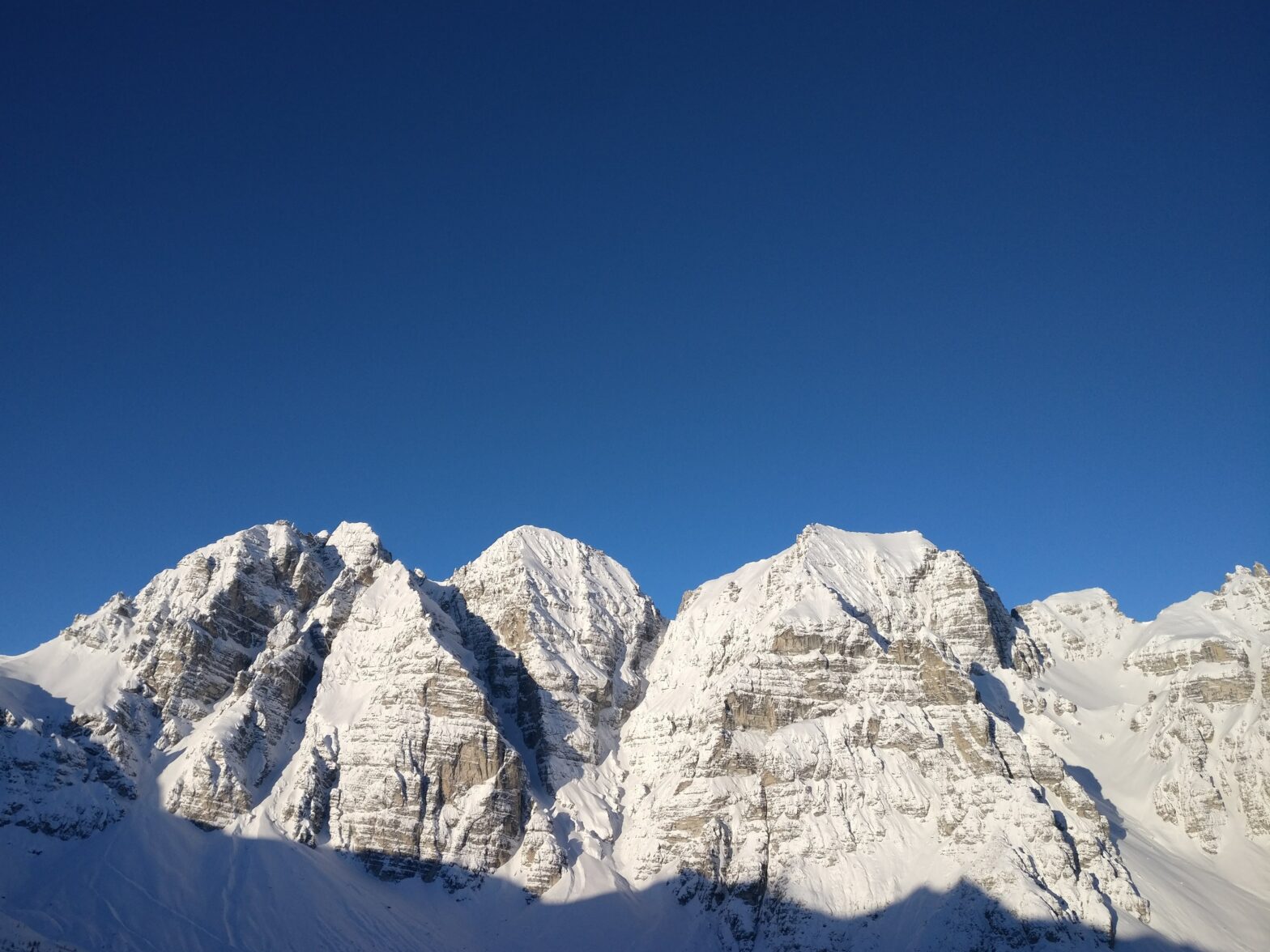
Tabula Rasa
•
A domain in my own name, and a whole bunch of blank pages to fill. Done is better than perfect. Let’s do this.
-
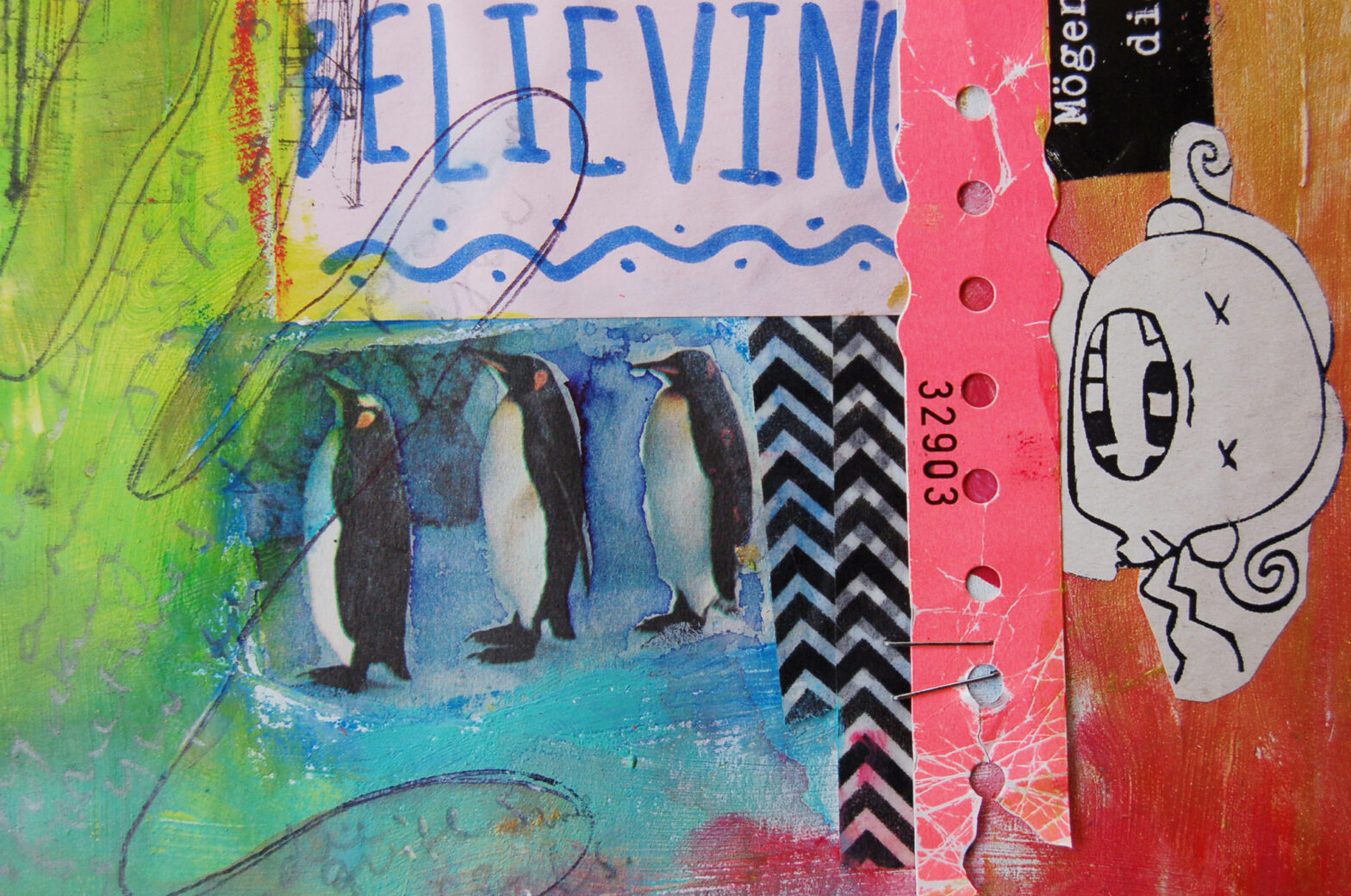
How to Use Structure to Inspire Creativity
•
I wonder about the relationship between structure and creativity, right-brain and left-brain thinking, and the spontaneity of creation and the reliability of planning.
-
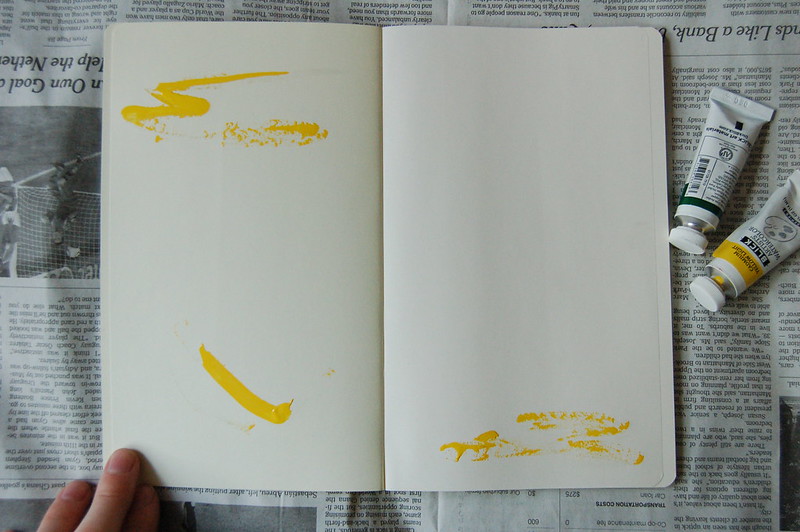
You vs. That Beautiful White Page
•
Behold the dreaded First Page above! It is white, beautiful, smooth, clean, and unmarked – but it is also ordinary, silent, with nothing to say, waiting for you to transform it into something only your mind can imagine and only your hands can create.
